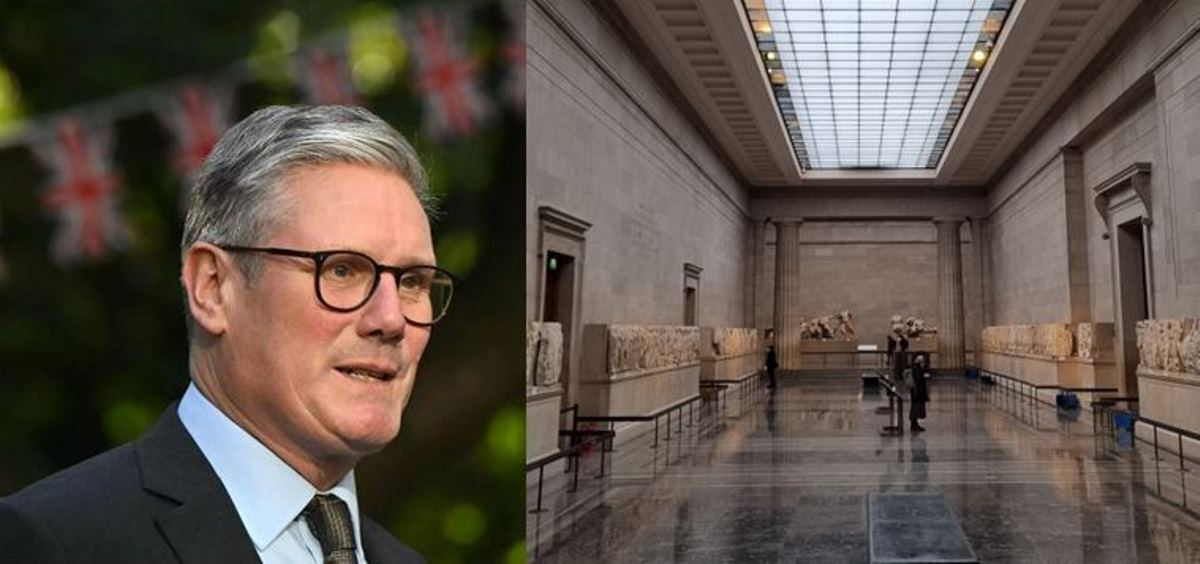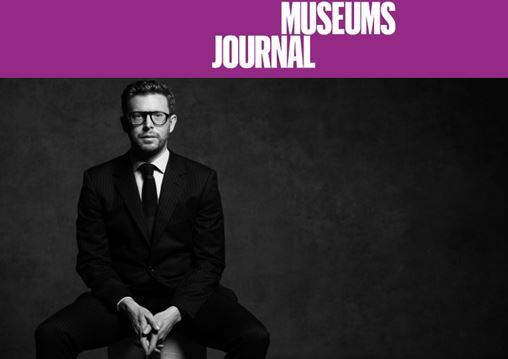Athens • The best-known statues from the Athens Acropolis, the Caryatids that once adorned the Erechtheion temple, began their journey yesterday to a new museum, the Greek culture ministry said.
The operation of transferring the five statues of young women that acted as pillars to the temple, with the help of three giant cranes, will take some two weeks, minister Michalis Liapis said.
The painstaking task of transferring hundreds of iconic statues and friezes from the museum on the Acropolis to an ultra-modern facility located below the ancient Athens landmark began in mid-October and is expected to last some three months.
Like the other remains, the Caryatids have been packed in steel casing, holding upright each of the statues, which weigh 860 kilos and are 2.2 metres high.
They will be placed on the first floor of the new museum designed by Swiss-born architect Bernard Tschumi, which is is due to open to the public next year.
The six Caryatids that now help support the roof of the Erechtheion are modern copies.
Of the originals, four were on display in the old museum, a fifth is still undergoing restoration and the sixth is in London's British Museum.
Greece is still lobbying for the return of the missing Caryatid along with the Elgin Marbles, part of the frieze around the Parthenon, the main temple on the Acropolis, which were taken to London in the early 19th century.
One of the world's most visited sites, the Acropolis was formally proclaimed as the pre-eminent monument on the European Cultural Heritage list of monuments on March 26 this year.
It dates back to the golden age of Athenian democracy which began in the fifth century B.C.





Comments powered by CComment